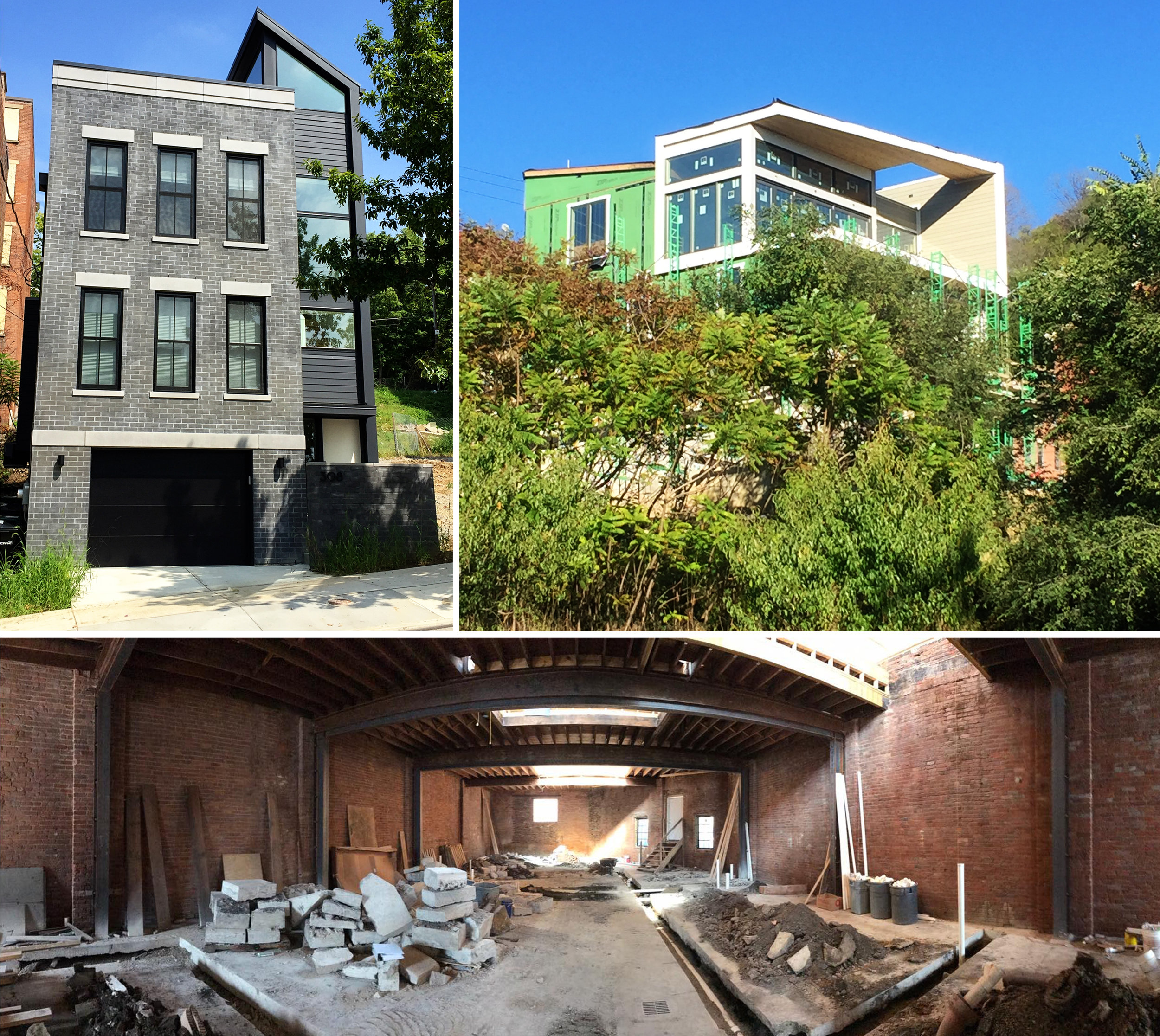LEED Design
What is LEED?
LEED stands for Leadership in Energy and Environmental Design. It provides a framework in creating a healthy, highly efficient and cost-saving sustainable building. LEED is globally recognized as a symbol of sustainability achievement.
At Fold and Form we’re passionate about sustainable building, and work with LEED consultants to ensure your home or work environment is LEED certified. In order to obtain LEED certification smoothly, it’s important that the Architect, builder and green building consultant work collaboratively throughout the process.
The Benefits of LEED
With a LEED certified home or building, you can reduce energy and water costs, improve air quality, increase your property value, as well as qualify for significant tax rebates in some cities. Cincinnati homeowners may be entitled to a 10 to 15-year tax abatement by the City of Cincinnati. This tax abatement is available for any new or newly remodeled LEED-certified homes within the city limits. As people become more aware of the many benefits of building a green home, certified LEED homes are now selling faster and for more money than comparable non-green homes.
Our LEED Projects (Clockwise from Left): Mulberry Street I (LEED Gold), Mulberry Street II (LEED Platinum),
Corwine Street (LEED Platinum).
LEED Requirements
There are four different levels of LEED certifications (Certified, Silver, Gold and Platinum), which are determined based on the number of points achieved. Key areas measured by LEED include:
Location and Linkages: The home or business benefits by being built close to community services allowing easy access to public transportation, walking or biking trails, and proximity to public park land.
Sustainable Sites: Landscaping and plants used on the project must be native to the area and drought tolerant. This results in a lower maintenance landscape and conserves water. Higher density development maximizes the use of valuable land.
Water Efficiency: This includes both indoor and outdoor water efficiency. Indoors the use of water-efficient fixtures such as toilets, faucets and shower heads must be installed. For outdoors, water savings can be obtained with high-efficiency irrigation in the landscape to water the plants. Rainwater can also be harvested to irrigate landscape plantings.
Energy and Atmosphere: This category is typically responsible for a large portion of the total points in a LEED project, ranging from use of energy-efficient furnace and air conditioning, to solar panels, to air tight and well insulated construction.
Materials and Resources: Points are earned for sustainable materials used on the project, including the use of recycled or reclaimed materials, locally produced materials, and low emission materials. Sustainable materials also result in a more healthy indoor environment for occupants as well.
Indoor Environmental Quality: This includes proper engineering of the HVAC system for efficiency and air quality. Also exhaust systems are carefully designed to remove excess humidity and provide excellent ventilation. These measures contribute to overall health and comfort of occupants in building.
Awareness and Education: Additional points can be earned by promoting the benefits of sustainable building practices.
Contact us to learn more about LEED and the many benefits of sustainable building.

